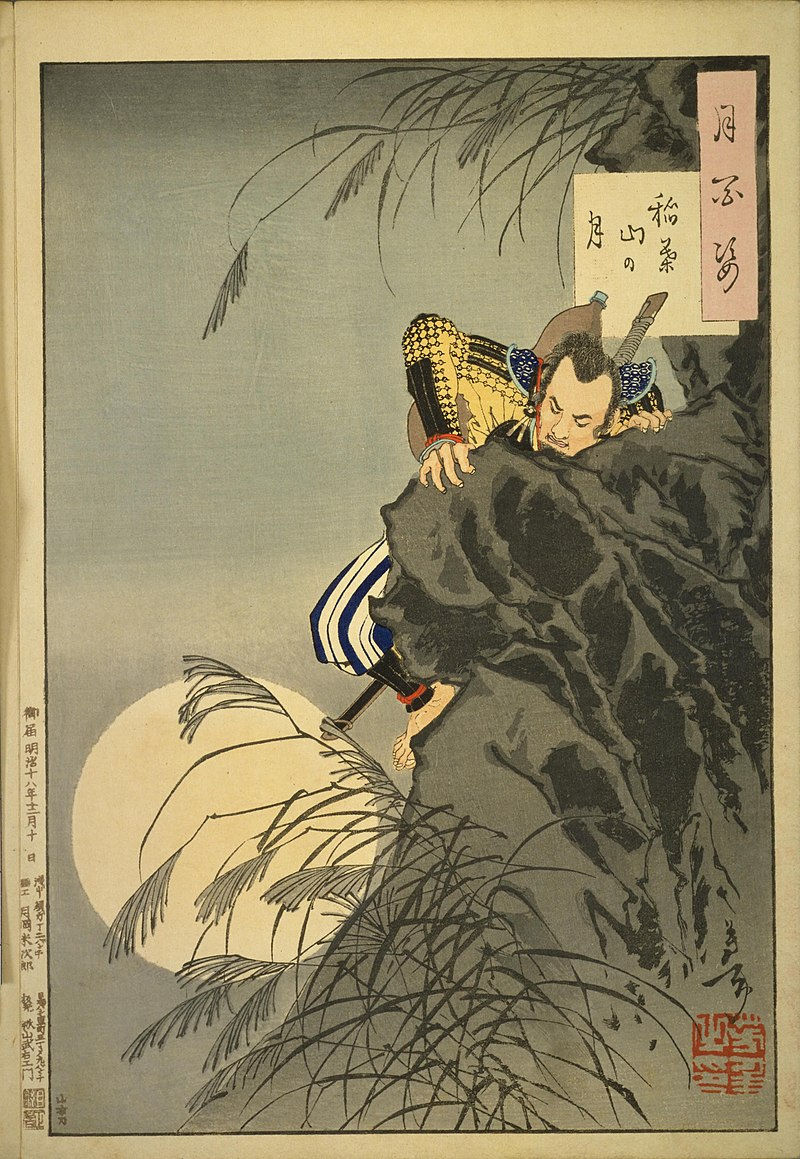Dejima Island
- 2304583d
- Aug 4, 2024
- 2 min read

Dejima (出島), also spelled Deshima, was an artificial island in Nagasaki Bay, Japan. It was constructed in 1634 by the Tokugawa shogunate during the Edo period and served as a Dutch trading post. Dejima played a crucial role in Japan's foreign trade and cultural exchange during its period of national isolation, known as sakoku.
Historical Background
Construction and Purpose:
Establishment: Dejima was built to control and confine foreign traders to a specific area. Initially intended for Portuguese traders, it was reassigned to the Dutch after the Portuguese were expelled from Japan in 1639.
Location: The island was fan-shaped, covering an area of about 15,000 square meters (160,000 square feet), and was connected to the mainland by a small bridge, heavily guarded and regulated.
Dutch Trading Post
Dutch East India Company (VOC):
Exclusive Trading Rights: From 1641 to 1853, Dejima was the sole place of direct trade and exchange between Japan and the outside world, operated by the Dutch East India Company (VOC).
Trade Goods: The Dutch traded goods such as silk, cotton, sugar, spices, textiles, and precious metals. They also brought scientific knowledge, books, and medical practices to Japan.
Cultural Exchange:
Rangaku (Dutch Learning): Dejima became a conduit for the introduction of Western science, technology, and culture to Japan. This body of knowledge, known as Rangaku, had a significant impact on Japanese medicine, astronomy, and other sciences.
Interactions: While the Dutch were confined to the island and had limited direct contact with the Japanese population, they interacted with interpreters, scholars, and officials. These interactions facilitated the exchange of ideas and knowledge.
Life on Dejima
Regulations and Restrictions:
Isolation: The Dutch residents were not allowed to leave Dejima, except for annual trips to Edo (Tokyo) to pay homage to the shogun. They were under strict surveillance and their movements were tightly controlled.
Living Conditions: The living conditions on Dejima were relatively confined, but the Dutch traders maintained a self-sufficient community with their own accommodations, warehouses, and even a chapel.
Annual Edo Missions:
Shogunate Tribute: Once a year, the Dutch head merchant (Opperhoofd) would travel to Edo with a delegation to present gifts and report to the shogunate. These missions were important for maintaining diplomatic relations and trade agreements.
Decline and Legacy
End of Isolation:
Opening of Japan: The isolationist policies of the Tokugawa shogunate ended with the arrival of Commodore Matthew Perry and the signing of the Treaty of Kanagawa in 1854. This opened Japan to international trade and contact.
Dejima's Role: With the opening of other ports and the establishment of broader international relations, Dejima's role as the sole foreign trading post diminished.
Modern Significance:
Historical Site: Today, Dejima is a historical site and tourist attraction in Nagasaki. Efforts have been made to restore and reconstruct the island to its Edo period appearance, preserving its significance as a symbol of Japan’s historical interaction with the West.
Cultural Heritage: Dejima represents a unique period in Japanese history when the country was largely isolated but still maintained a controlled and limited exchange with the outside world. It stands as a testament to the complexities of cultural and economic exchange during times of isolation.
Dejima Island is a key historical site that illustrates the selective engagement Japan had with the West during the Edo period, highlighting the cultural and technological exchanges that occurred despite Japan's broader policy of isolation.




Commentaires